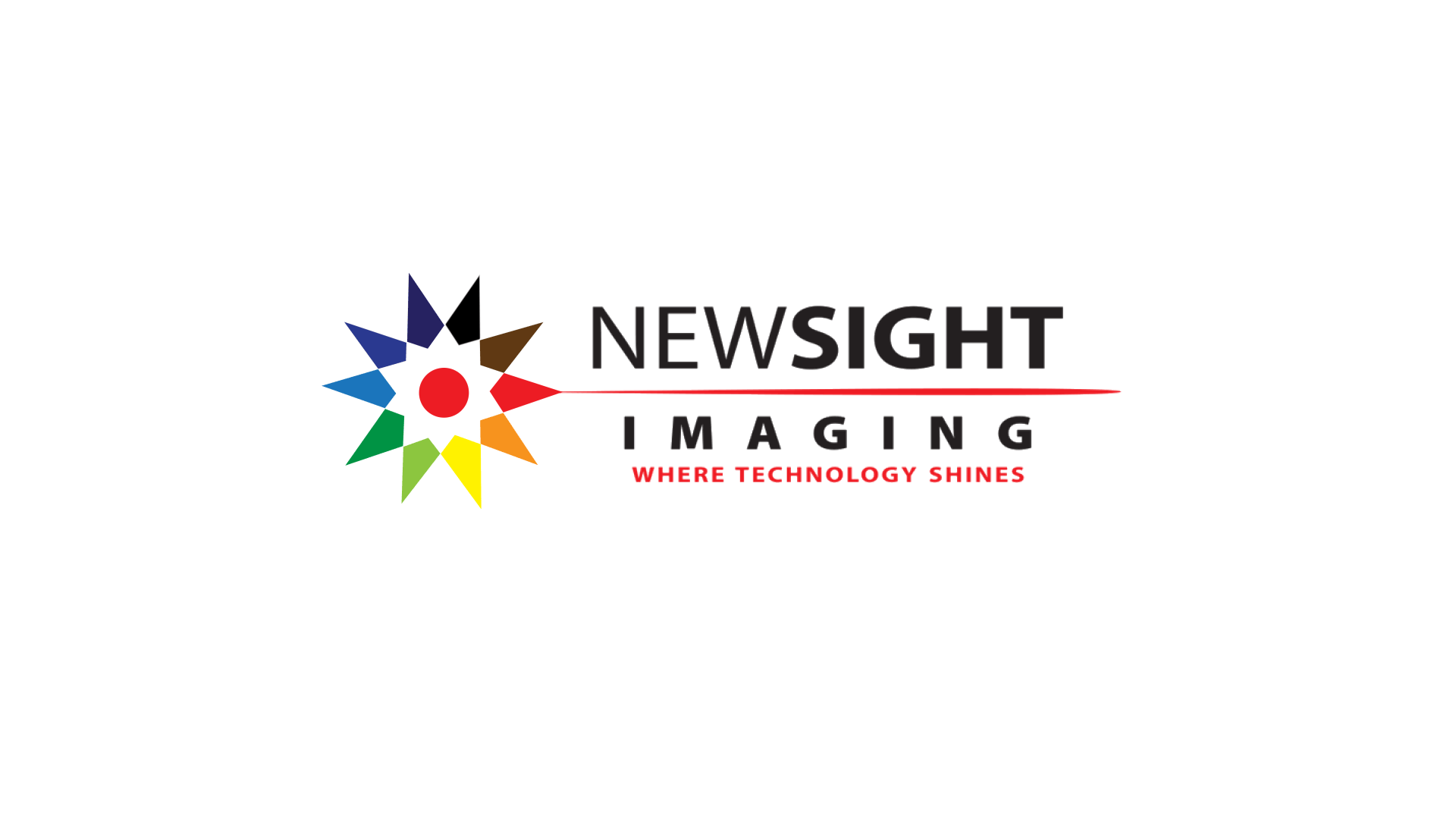Newsight Imaging Granted $540,000 by Israel’s Innovation Authority
The grant, together with funding from Chinese angel investors, completes the company’s Pre-Series‑A funding round. Newsight Imaging will use the funds to support the development of its ground-breaking LiDAR sensor chip.
Ness Ziona, Israel – Newsight Imaging has been awarded $540,000 by the Israel Innovation Authority in the Israeli Ministry of Economy and Industry to support the development of the company’s NSI3000 laser LiDAR (Light Detection and Ranging) sensor chip in 2017.
The grant, together with the completion of a successful pre-Series A funding round from Chinese angels, led by Dr. Li Likai, will be used to complete the first sensor chip of the NSI3000 family for short-range laser LiDAR applications.
“The grant follows an extensive due-diligence by the Israel Innovation Authority of the project,” said Eli Assoolin, CEO and co-founder of Newsight Imaging. “We see this as an important sign of trust. We have witnessed great interest in Newsight’s technology and products by major players in the robotics and automotive ADAS (Advanced Driver Assistance Systems) eco-systems and we already have our first customers from China.”
Dr. Likai, lead investor and Newsight board member, added: “We invested in Newsight not only for its leading technologies in the industry at present but also for its great potential to shine in the future. As an experienced investor and entrepreneur, I see a huge interest in Newsight. We believe that Newsight’s product will be a real game-changer in the Chinese market and also worldwide.”
The NSI3000 sensor chip family is specifically designed for LiDAR applications, employing rows of different size pixels. By using Newsight’s patent-pending technology, customers gain 4X better resolution and much better sensitivity, which makes this sensor ideal for short-range laser LiDAR. The NSI3000 is designed for programmable high frame rates, enabling excellent analysis and reaction to events.
The sensor is manufactured using CMOS technology, with ultra-high sensitivity pixels, allowing the sensor to replace more expensive CCD sensors or PC-based camera modules in many applications.
